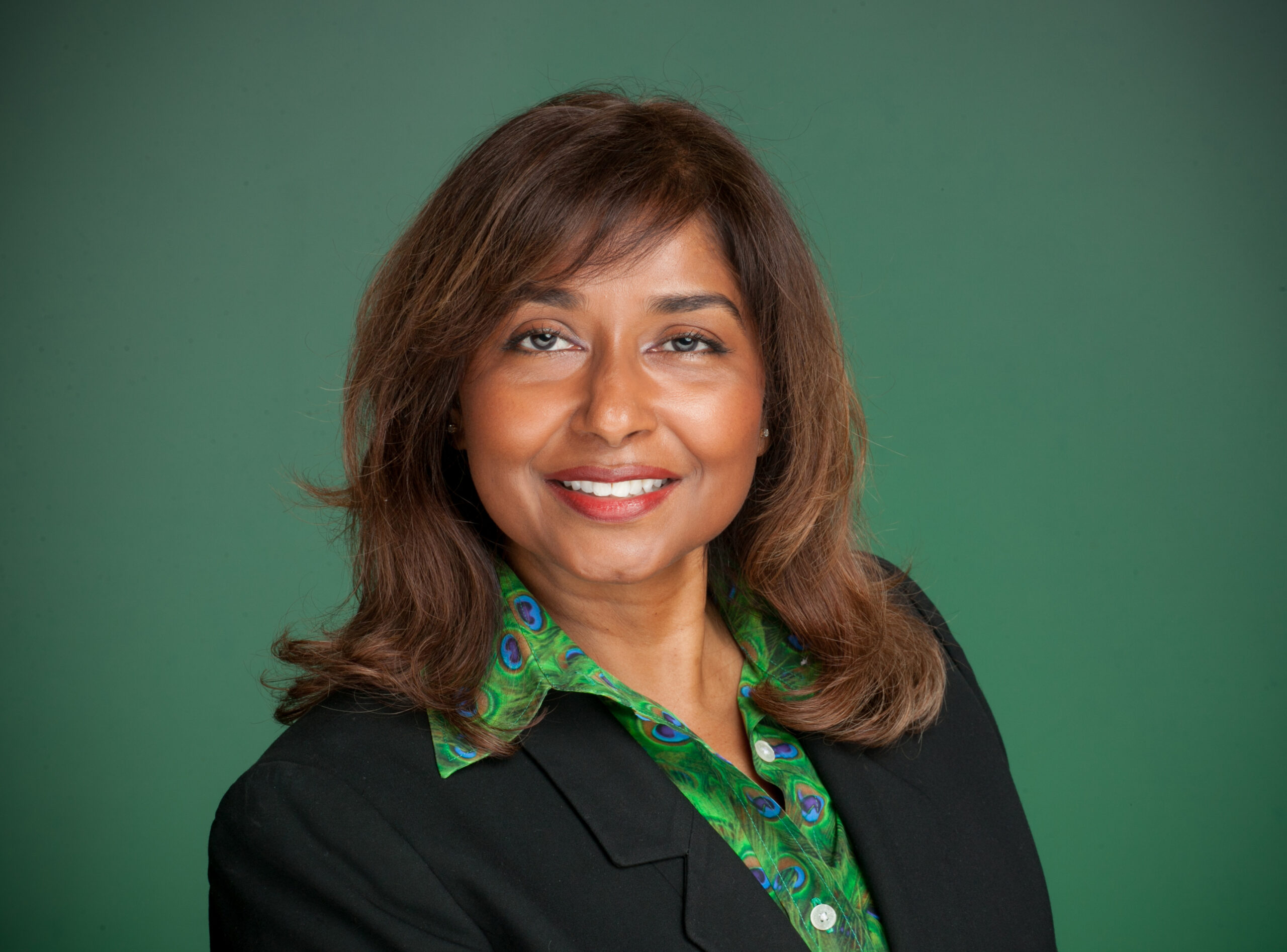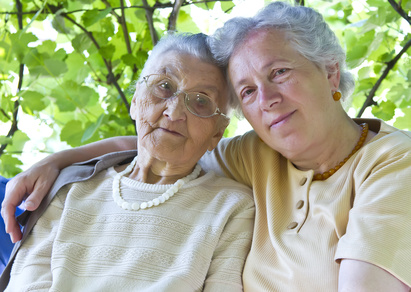If you’re the primary caregiver for your elderly parent, you’re not alone.
According to Caregiving in the U.S. 2020 report, 41.8 million adults provided unpaid care to an adult age 50 or older.
Caregiving is hard … and even harder when you’re still working. Communication with other family members and friends is key to saving your sanity as the primary caregiver.
With technology, communication can be easier. Here are three ideas to improve communication with family and friends.
1- Find a communication method everyone caring for your elderly parent can use.
The concept is to have one method to communicate to family members, neighbors, and anyone who has offered to help care for your elderly parent. It’s a way for you to share updates and request help.
For example, if a mandatory work meeting is rescheduled and conflicts with your mother’s doctor appointment, you can easily message the group for help. It’s easier than calling each person individually.
If everyone is on Facebook, then create a private Facebook group. For example, name the group “Taking Care of Mom.”
Make sure in the setup, you make it a private group. Click here to read more about group privacy settings.
If social media isn’t an option, create a group text or email. Whichever communication method you choose, it should be easily accessible to everyone in the group.
2- Store documents regarding your elderly parent on a secure file-sharing app.
In this way, you can give access to specific folders or files to select individuals. For example, if someone is helping to take your elderly parent to the doctor, you can provide them with access to healthcare information.
Many file-sharing apps exist, such as Dropbox, Google Drive, and Microsoft OneDrive.
Whichever you choose, take time to review and implement the security settings. Learn how to share specific files and folders, as well as how to revoke someone’s access.
Depending on your situation, you may need to create several folders in the account to include healthcare, financial, and legal information.
In the healthcare folder, consider including a contact list of physicians, a list of allergies, and a list of prescriptions.
You may also want to include basic information about their medical, dental, and vision insurance plans.
Information in the financial and legal folders would be documents your siblings, or other relatives would need in case you are not readily available.
3- Install home cameras.
It’s an easy way to check and see how your elderly parent is doing around the house, especially if there is concern about dementia.
Either purchase a do-it-yourself kit or hire a security company to install cameras. With many systems, you’ll have an app to view each camera.
When you’re the primary caregiver, don’t go it alone. Use technology to communicate with family and friends who want to help (or need convincing their help is required).
Initially, there may be a learning curve. But once everything is set up, it’ll be easier to communicate with multiple people.
(Update to original post from May 8, 2017)
ABOUT THE AUTHOR:

Niv Persaud, CFP®, CDFA®, RICP®, is a Managing Director at Transition Planning & Guidance, LLC. Life is more than money. It’s about living the lifestyle you want and can afford. For that reason, Niv consults with clients on money, life, and work. Her approach capitalizes on techniques she learned throughout her career, including as a management consultant, executive recruiter, and financial advisor. Her services include developing comprehensive financial plans, divorce financial reviews, and retirement plans. Niv actively gives back to her community through her volunteer efforts. She believes in living life to the fullest by cherishing friendships, enjoying the beauty of nature and laughing often — even at herself. Her favorite quote is by Erma Bombeck, “When I stand before God at the end of my life, I would hope that I would not have a single bit of talent left and could say ‘I used everything you gave me.’”

